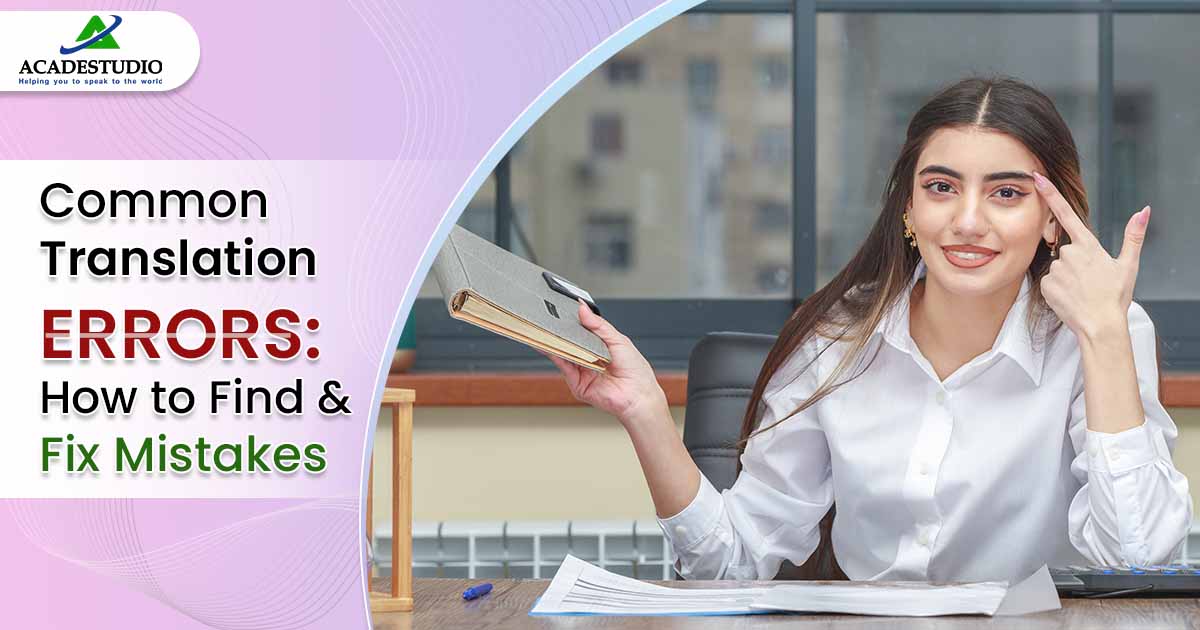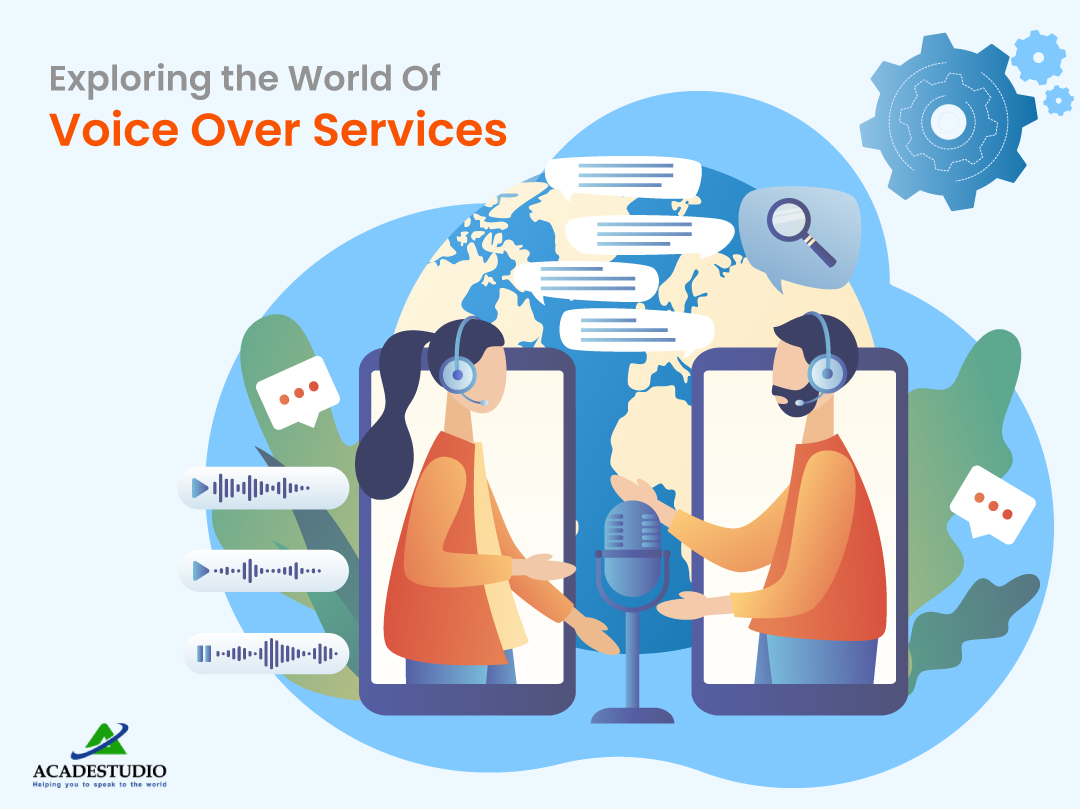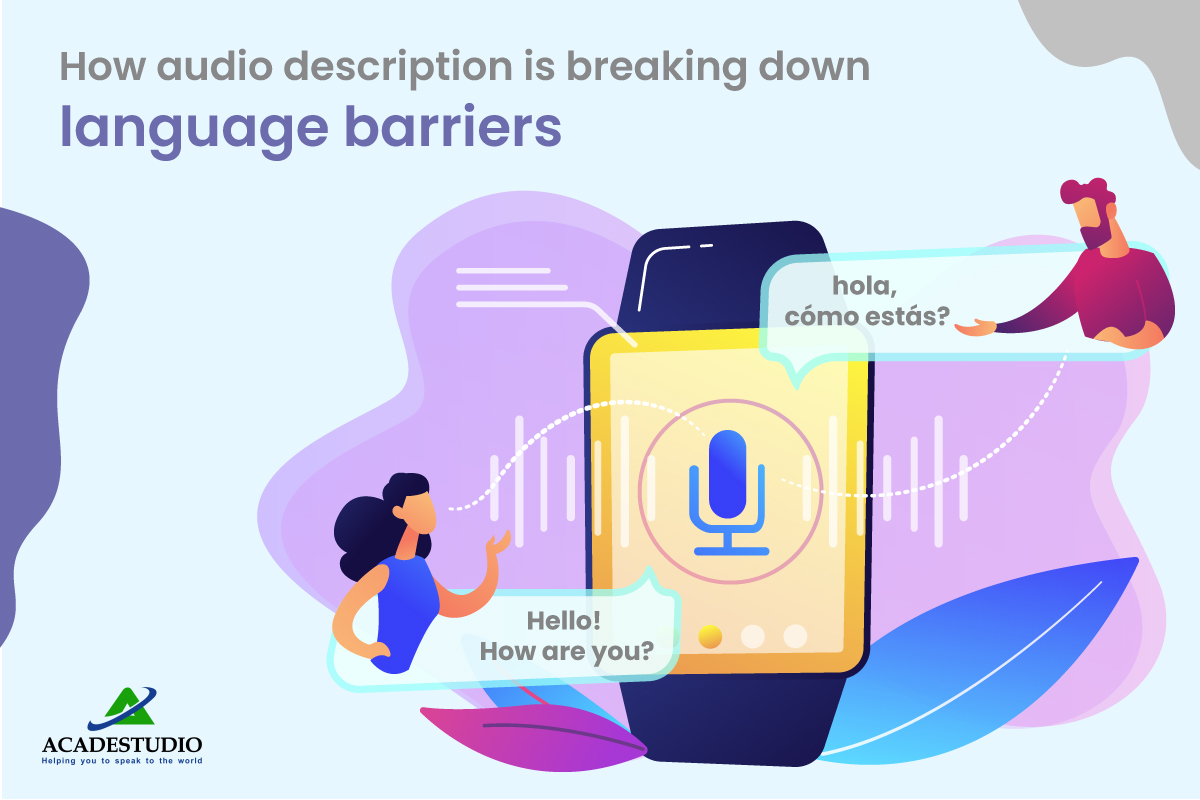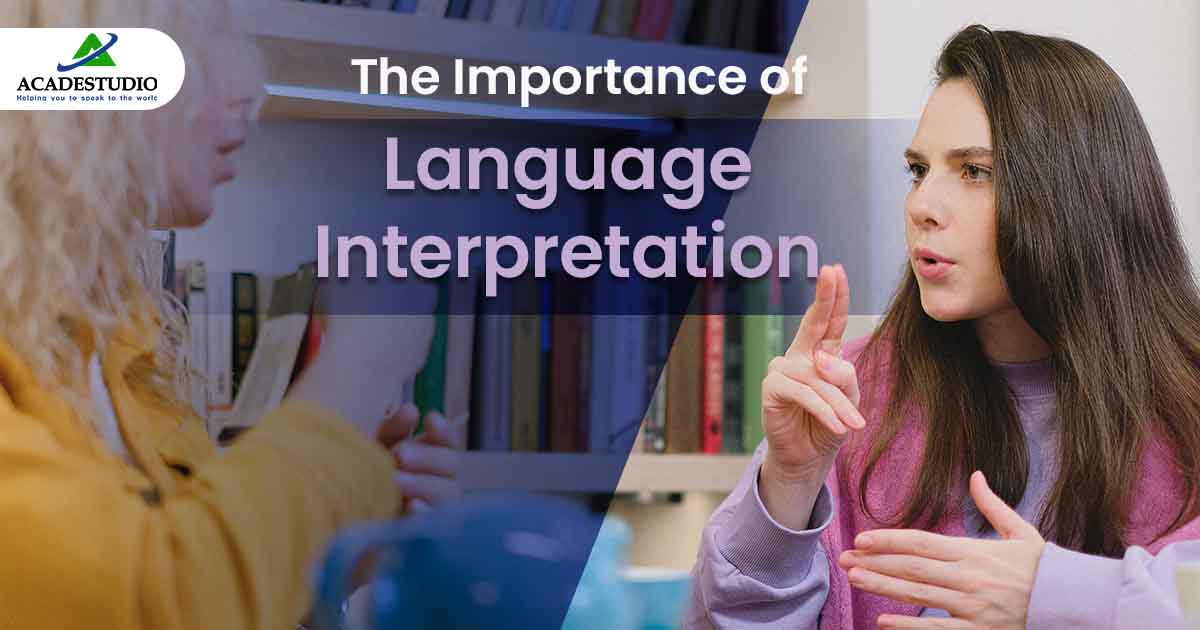Translation is a complex
process that requires a deep understanding of the languages being translated
and the cultural nuances and contexts that shape their use. Despite the best
efforts of translators, Translation Errors can still occur.
These errors can range from simple mistranslations to misinterpretations of the
intended message and have serious consequences. This post will explore the
importance of accurate translation in today's globalized world and how to find
the most common types of errors in translation.
What is the Importance
of Accurate Translation?
In today's globalized
world, accurate translation has become essential to effective communication. As
businesses, governments, and individuals interact globally, the ability to
communicate precisely and accurately across languages and cultures has become
increasingly important.
One of the key reasons
for the importance of accurate translation is the potential for
misinterpretation and confusion. Even small translation errors can have
significant consequences, such as misunderstandings in business dealings.
Inaccurate translations can damage a company's reputation and erode trust among
partners and customers.
Moreover, a precise
translation can facilitate cultural exchange. It also promotes greater
understanding between different peoples and nations. Accurate translations of
literary and artistic works, for example, can allow people from different
cultures to appreciate and learn from each other's creative expressions.
Now, let's proceed with
how you can find the different types of errors in translation.
How to Find Translation
Errors?
Ensuring accurate
translation is crucial for effective communication across languages. While
basic proofreading techniques can help identify some errors, advanced methods
can help uncover more complex issues. Here are some tips on how to find
translation errors in an advanced way:
Contextual Analysis
To ensure the accuracy
of translations, it is essential to understand the context in which the text is
being used. A translator needs to be aware of the language's cultural, social,
and historical contexts. They are doing the translation from the target
language. Analyzing the context will help identify mistranslations, cultural
biases, and other errors that a simple review may miss.
Using CAT Tools
Computer-Assisted
Translation (CAT) tools can help identify errors in translation by comparing
the source and target language texts. These tools can identify inconsistencies
in terminology, stylistic inconsistencies, and mistranslations. They can also
help with terminology management, improving the accuracy and consistency of the
translation.
Human Emendation
The most advanced translation
technology cannot replace a skilled human translator. A second translator or
editor can review the translation. This helps in identifying the errors that
may have been missed. This approach can also improve the quality of the
translation by offering a fresh perspective and identifying opportunities to
enhance the text.
By employing these
advanced methods, translators can ensure the accuracy of their work and avoid
miscommunication across languages. After that, let's know the types of errors
you can find in the translation.
What are the Common
Translation Errors and Fixes?
Translation errors are
common and can occur for various reasons. When translating a text from one
language to another, it is crucial to ensure the translation is accurate,
fluent and reflects the original message. Here, we will discuss common errors
in translation and how to fix them.
Grammatical Error
This type of error can
happen when the translator is not familiar with the grammar rules of the target
language. As a result, the translation may not convey the original meaning,
leading to confusion. This can improve when translators have a good
understanding of the grammar rules of both languages. Also, proofreading and
editing the translation can help eliminate grammar mistakes.
Mistranslations Errors
This can happen when the
translator needs to understand the meaning of a word or phrase in the source
language and produce an incorrect translation in the target language. To fix
this error, it is important to thoroughly understand the meaning of the text
before translating it. Researching the words or phrases in the source language
can help ensure the translator correctly understands the text's meaning.
Omission Errors
Omissions are also
common translation errors that can occur during translation. Translators may
sometimes need to include important information from the source text when
translating, resulting in an incomplete or inaccurate translation. It is
important to read the source text several times to fix this. This will ensure
that all the information is included in the translation.
Cultural
misunderstandings
Different cultures have
their own ways of expressing ideas and concepts. Translating a text from one
culture to another requires a thorough understanding of cultural nuances. To
fix this type of error, translators must research the target language's culture
and seek advice from native speakers to ensure that the translation is accurate.
Idiomatic expressions
Another challenging
aspect of translation is Idiomatic expression. Idiomatic expressions,
colloquialisms, and slang can be difficult to translate because they may have a
different equivalent in the target language. This can be fixed when the
translator researches and understands the cultural context of the expression
and finds an appropriate equivalent in the target language.
Inappropriate Tone or
Register
One of the translation
errors is the inappropriate Tone and register. Failure to match the tone and
register of the original text can result in a translation that does not
accurately convey the intended message. To avoid this, the translator should
pay attention to the tone and register of the original text and use appropriate
language in the target text.
Transliteration Error
This occurs when a word
or phrase is translated by converting it into the closest sound or character in
the target language rather than translating it based on its meaning. To fix
this, the translator should research the meaning of the word or phrase in the
source language and find an appropriate equivalent in the target language.
Translation errors can
be minimized by understanding the source language, researching the target
language, and considering cultural differences. Proofreading and editing the
translation help eliminate grammatical mistakes. It helps ensure that the text
is fluent and accurately conveys the intended message. Also, using Language Translation Services can help ensure the translation is suitable for
the intended audience.
Wrapping Up
Translation errors can have serious consequences, both
in terms of accuracy and cultural sensitivity. By understanding the different
types of transition errors and using advanced techniques to identify and
correct them, translators can ensure that their translations are accurate and
effective. In business, government, or personal interactions, precise
translations are essential to building trust, fostering understanding, and
avoiding misinterpretation and confusion.












- From Mobile - 11 min ago
Bring to the table win-win survival strategies to ensure proactive domination. At the end of the day, going forward, a new normal that has evolved from generation X is on the runway heading towards a streamlined cloud solution.
- From Mobile - 7 min ago
Capitalize on low hanging fruit to identify a ballpark value added activity to beta test. Override the digital divide with additional clickthroughs from DevOps. Nanotechnology immersion along the information highway
- From Web - 2 min ago
A new normal that has evolved from generation X is on the runway
- From Mobile - 11 min ago
Capitalize on low hanging fruit to identify a ballpark value added
- From Web - 2 min ago
Real-time will have multiple touchpoints for offshoring.